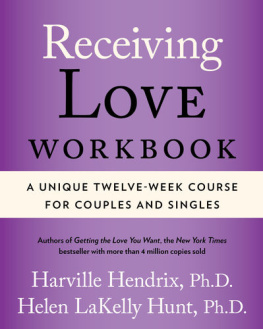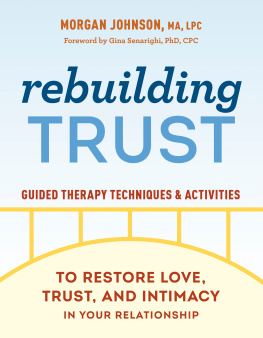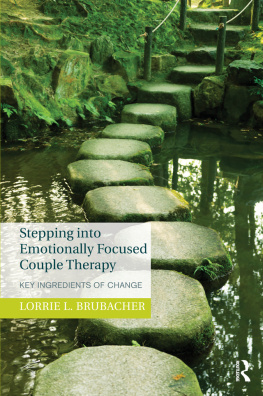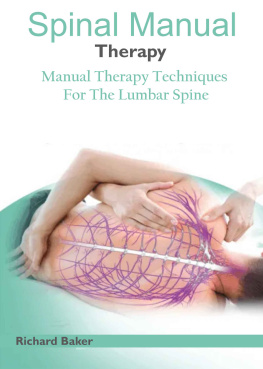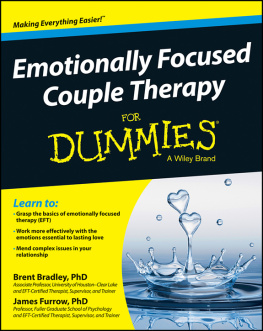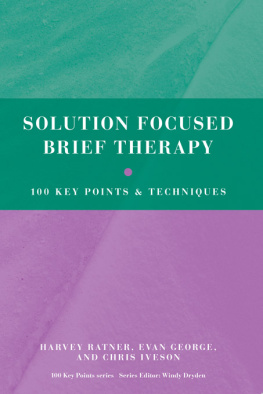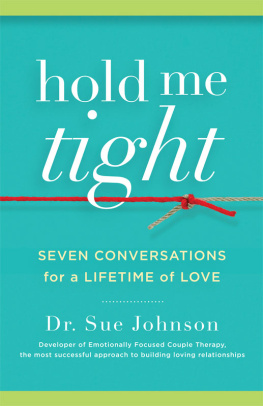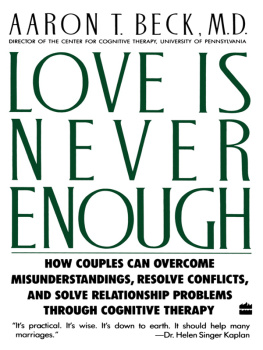
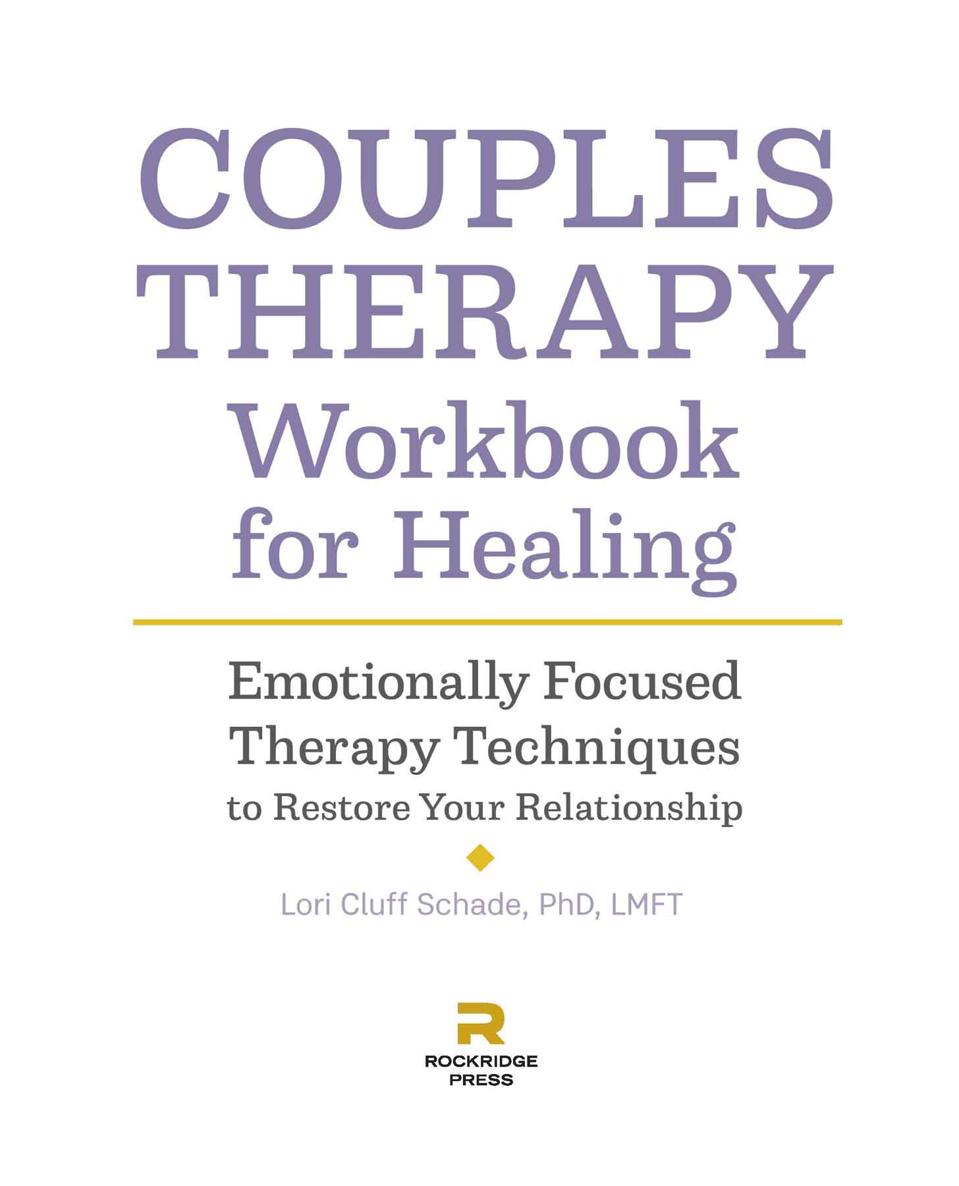
Copyright 2020 by Rockridge Press, Emeryville, California
No part of this publication may be reproduced, stored in a retrieval system, or transmitted in any form or by any means, electronic, mechanical, photocopying, recording, scanning, or otherwise, except as permitted under Sections 107 or 108 of the 1976 United States Copyright Act, without the prior written permission of the Publisher. Requests to the Publisher for permission should be addressed to the Permissions Department, Rockridge Press, 6005 Shellmound Street, Suite 175, Emeryville, CA 94608.
Limit of Liability/Disclaimer of Warranty: The Publisher and the author make no representations or warranties with respect to the accuracy or completeness of the contents of this work and specifically disclaim all warranties, including without limitation warranties of fitness for a particular purpose. No warranty may be created or extended by sales or promotional materials. The advice and strategies contained herein may not be suitable for every situation. This work is sold with the understanding that the Publisher is not engaged in rendering medical, legal, or other professional advice or services. If professional assistance is required, the services of a competent professional person should be sought. Neither the Publisher nor the author shall be liable for damages arising herefrom. The fact that an individual, organization, or website is referred to in this work as a citation and/or potential source of further information does not mean that the author or the Publisher endorses the information the individual, organization, or website may provide or recommendations they/it may make. Further, readers should be aware that websites listed in this work may have changed or disappeared between when this work was written and when it is read.
For general information on our other products and services or to obtain technical support, please contact our Customer Care Department within the United States at (866) 744-2665, or outside the United States at (510) 253-0500.
Rockridge Press publishes its books in a variety of electronic and print formats. Some content that appears in print may not be available in electronic books, and vice versa.
TRADEMARKS: Rockridge Press and the Rockridge Press logo are trademarks or registered trademarks of Callisto Media Inc. and/or its affiliates, in the United States and other countries, and may not be used without written permission. All other trademarks are the property of their respective owners. Rockridge Press is not associated with any product or vendor mentioned in this book.
Interior and Designer: Lindsey Dekker
Art Producer: Sara Feinstein
Editor: Brian Sweeting
Production Editor: Rachel Taenzler
All art used under license from photo courtesy of Alicia Westra.
ISBN: Print 978-1-64739-148-5 | eBook 978-1-64739-149-2
R0
This workbook is dedicated to Steve Schade, my husband of 33 years, who has been a willing participant and good sport in my marriage enhancement adventures, and who regularly makes me laugh by randomly suggesting that we talk about our feelings. Im certain that he is the most noncritical and encouraging partner on the planet, which makes me feel incredibly lucky.

CONTENTS

A few years ago, my husband and I were visiting potential rental properties with our realtor. As we were leaving the third apartment, my realtor remarked that he saw me studying the wedding photos in each residence. He was right. Im magnetically drawn to wedding photos, because they usually exude joy and presumably represent a day of happy connection. I often wonder what people were thinking on that day, what surprises they have encountered since then, and what challenges they have overcome. I have been practicing as a marriage and family therapist along with raising my family for over 30 years, and have spent the last dozen years specializing in treating couples. The last few decades of groundbreaking research related to adult romantic attachment have informed a model I find effective for treating couples. This method is emotionally focused couples therapy, or EFT. It is considered a gold-standard treatment for partners in distress.
When I began seeing couples in therapy in 1989, I was frustrated with the interventions taught in my graduate program. The traditional behavioral techniques seemed to help with only mildly distressed couples, like newlyweds who had not yet entrenched themselves in negative patterns. However, I was soon faced with more challenging couples, most of whom had been married for a decade or longer and had histories laced with pain and insecurities. High emotion escalated rapidly with these couples and I soon found myself helplessly caught in a whirlwind of anger and hurt, feeling like I was more referee than therapist.
Even when couples reported improvement in sessions, it seemed inevitable that they would return the following week as distressed as ever, reporting that the communication skills we so carefully negotiated went out the window at the start of any argument. Nothing I did back then seemed to create durable change for couples. I developed a preference for individual therapy to couples work because it was easier to manage the emotions in session.
About a decade later, my colleague told me about a new model that was developed by Dr. Susan Johnson. The model focused on the importance of the emotional bonds in our adult romantic relationships. I was immediately intrigued. I decided to get trained in the model, and finally felt empowered to treat couples. Where before I lacked confidence to choreograph events for positive change in session, I now had a therapeutic approach with clearly defined goals, stages, and interventions to help couples make long-term relationship changes. Sue Johnsons research and clinical work have been key components of a paradigm shift toward acknowledging the importance of romantic attachment bonds. Her work has also been key to integrating the exploration and acceptance of emotion into the therapeutic experience.
Today, EFT, backed by a large body of empirical research, has been applied to a wide variety of clinical presentations and populations. It has been used effectively with couples with depression, PTSD, childhood trauma, eating disorders, addictions, and chronic and terminal illness. It has helped couples struggling with aphasia, infertility, infidelity, sexual dysfunction, parenting challenges, and social and other anxieties. It has effectively aided remarried couples, culturally diverse couples, gay and lesbian couples, and couples with general relationship dissatisfaction. I have witnessed couples shift their negative patterns into more open, flexible, and secure bonding exchanges. EFT provides tools for couples to transform their relationships in remarkable ways.
There are already some very useful published resources to guide couples to understand and improve their relationships by undergoing EFT. This book is meant to be an additional resource to facilitate strong couple bonds. I see struggling couples make positive long-term changes every day, which drives my professional sense of purpose as I help couples restore loving bonds. Im confident that through the explanations, examples, and shared experiences in this workbook, couples can access hope and see possibilities to shape resilient and fulfilling ties.
Next page

